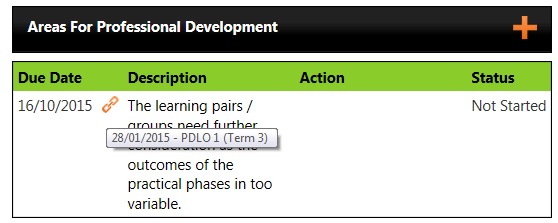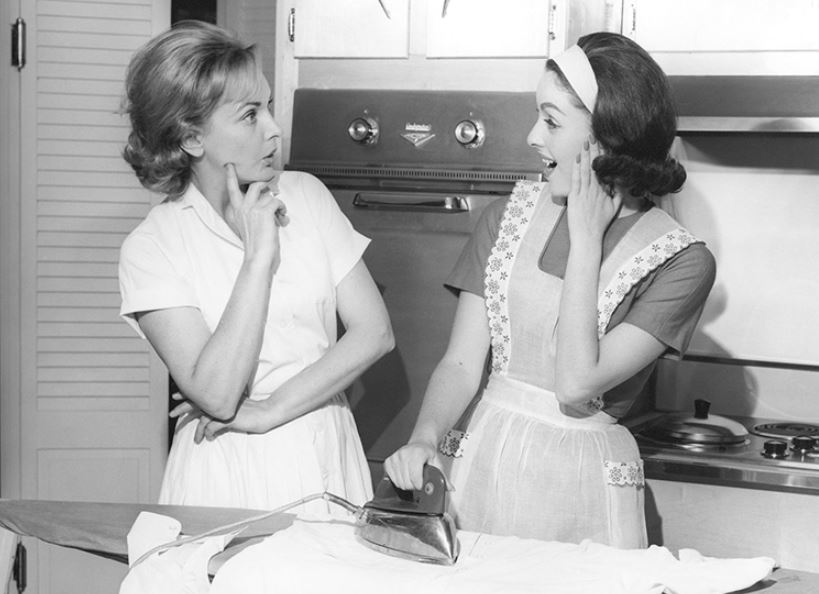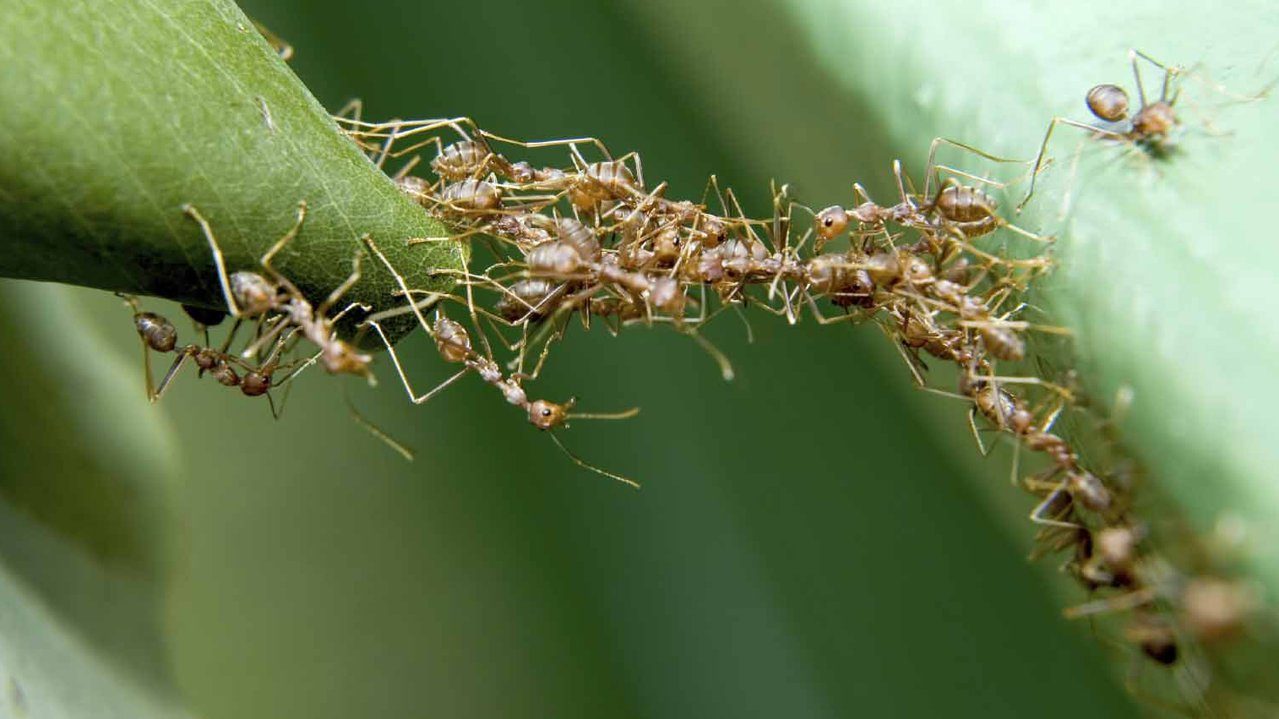In late 2018, instructional coaching was being heavily promoted. As far as I can see, it is very similar to the proposed model of professional development explored below.* (notes added 08.01.19)
With Hattie on side – we started designing the new learning observations. Influenced by Lesson Study, we were aiming for a more practical and informative approach to observations. An approach that moved away from observing “teacher performances” to co-planning, observing and reporting back to teachers, the pupil learning observed in the lesson. A conversation exploring the expected and observed learning, and how teaching could be developed to improve quality of teaching and learning. And there is no better time for this Dylan Wiliam quote.
Every teacher needs to improve, not because they are not good enough, but because they can be even better.
Importantly, we wanted to ensure that the post lesson conversation integrated with the work we had already undertaken with SchooliP, transferring “Areas of Professional Development” (ADP) from observations to staff “work areas.” To make staff had a record and clear focus for their own professional development.

The importance of purposeful targets and effective follow up both picked out by Harry Fletcher-Wood in his “Archimedean leadership” series.
Learning observations at our school are an evolving concept and we continue to debate their effectiveness, though no longer shackled by grades or Performance Related Pay – they are fast becoming a vehicle for professional development in their own right. What is more, given the range reports available in SchooliP, including observation and ADP summaries, by teacher type and curriculum area, we foresee them directing our wider Professional Development offer.
The Original Staff Pitch
Before the learning observation the reviewer and teacher meet to identify at least two pupils or two groups of pupil (1-5 pupils, a table, a small sub-group). Together they select the lesson, share the contextual information and reinforce the “Academy Teaching and Learning Focus.” (Currently teaching pupils to write well, challenge and differentiation, effective marking and feedback). Together they plan the lesson and forecast the expected outcomes for those pupil or pupils under the same four headings we have always used (Learning and Progress, Teaching, Assessment for Learning and Engagement, behaviour and safety for learning). The reviewer observes the pupils or pupils groups (not the teacher and teaching) and records the observed outcomes. Now, before you jump down my learning throat, there is also a space to record perceived strengths, though not necessarily of the teaching, but strengths that contribute to the learning of the pupil or pupil groups, eg in the assessment section prompts, it offers “Exemplars of modelled work or exemplary pupil work are available to pupils.” The feedback* conversation is then focused on the learning that was observed and comparing it to expected outcomes, with the aim of defining what worked and recognising areas for professional development (APDs). The APDs are record and automatically transferred to the Performance Review and the focus for future professional development.
Quite rightly, Paul Blake our AP for Teaching and Learning saw observations as a missed, high quality opportunity for professional learning and he was determined to “move away from measuring teaching” to “measuring the impact of our PD programme on pupils’ learning.” He was pushing on an open door however we still have a responsibility to assess the quality of teaching. Without observation grades, we will need to look at other data in school, first and foremost, pupil outcomes and also Attitude to Learning scores, attendance, behaviour logs, pupil surveys and more. This will require further consideration given the recent Ofsted consultation “Better inspection for all,” – extending the quality of teaching judgement to ‘quality of teaching, learning and assessment’ from September 2015.
What we learnt from the innovators and early adopters
You may think that I have been overly pedantic when I present language options in this and the previous post. Is it impact or outcome, of the teacher or lesson? Is it feedback or discussion. Well I am being pedantic. One of the key points we have learnt is that the language of learning is important, as is the language of observation and professional development. We are still working on this nomenclature. We already seen a handful of amendments from the pilot study and first run of observations;
- Feedback* has been changed to “Observations and discussion.” Feedback was associated with judgements. Judgements associated with grades.
- Teaching* has been changed to “Planning and Delivery (Teaching)” as anecdotal feedback suggested that the planning meeting was most important. That the effectiveness of the lesson was more likely to be attributed to accurate planning than to effective delivery or teacher performance.
- Both offline and online forms worked equally well. SchooliP notification promoted planning meetings and enable staff to read and reflect on “Observations and discussion” commentaries before the post lesson meeting.
What we learnt from the early majority
Our Head of English posted here, a post that was picked up on Twitter and by a few education media outlets. If you haven’t got the time to read the post, it was interesting for me to read that the process appeared to have been of more equal value for both parties, to both reviewer and reviewee. An explorative tone and references to ‘we’ and “discussion” suggested a more developmental process as opposed to a judgemental one, in both roles Freya fulfilled. Less grade prickles and a musing about the impact or absence of a grade. As the post developed, I read and listened to a teacher unpicking from her own experiences the aforementioned “learning-performance” debate, see Robert Bjork. and her transferring those observations from her reviewer role to her to leadership and curriculum role. It would appear that there is a lot to gain from changing the lens.
What we learnt from the late majority
Following our first whole school learning observation cycle, we sought feedback as well as accepting more general and informal observations via corridor conversations, or whilst trying to remove barriers or address professional concerns. Concerns such as;
- The new three step process is more time consuming. The pre-meeting is most powerful and also the most time expensive. The post meeting takes longer than giving feedback, though again is more powerful. More time needs to be allocated. Curriculum Leader meeting time to be reallocated.
- Writing up the PDLO takes longer than the lesson observation form. – Noted. Being able to write directly into SchooliP might help here.
- Observations do not always benefit from a hierarchical relationship, in fact a fresh, inexperienced view point has value. It also means Curriculum Leaders (Heads of Department) do not necessarily have to review all or most staff. – We accept that distributed observation models have unforeseen benefits – promote teamwork, develop new partnerships, reinforce mentor roles, cross curricular observations are viable. – Science team leading the way. To be further investigated.
- Often pupils achieve “more than the expected outcomes?” – these should be recorded and discussed as part of the expected and observed outcomes conversation.
- Some planning sessions were leaning to coaching conversations. Can we have more coaching training? – We will offer more PD coaching sessions.
- Focus pupils need to be selected more carefully. Contextual data and current assessment data more important. More training with 4Matrix (data software) requested. – – We will offer more PD data sessions.
- Can we have more automated drop down menus on the online form to propagate class information / contextual data. – To be investigated – though not in the near future as SchooliP does not integrate with our MIS
- No more than two APDs – otherwise the expectations after observations become overwhelming or diluted. – Agreed.
- Grades are available in the SchooliP system. Can they be removed? (Half of SchooliP customers still use grades, we are working on removing grades.)
- Should there be categories for APD? – To be investigated.
- What happens to the APD – will there be PD sessions. – PBL to inform all PD offer to staff.
Nothing insurmountable, over burdening our staff an obvious concern.
What we learnt from the laggards
You have to listen very carefully to hear comments from the laggards. However, in fairness, we have encountered few laggards or detractors. As noted, our most significant issue has been that we under estimated the commitment our staff would give to the process and time required by our staff to offer one another sincere professional development through learning conversations. Basically, they take at least 40-60% longer than our previous lesson observations and require more professional investment and attention. We really didn’t have any laggards just staff that worked as hard as possible to meet unreasonably short deadlines.
Moving to a sustained model
It is nearly 12 months since we first agreed to remove lesson observation grades. In the interim period between that decision and the new Performance Review documentation, the teaching and learning team have taken the flawed concept of graded lesson observations and moulded an emerging set of principles into a process with real professional integrity and purposefulness. We recognise that learning observations are barely established, we have practical and noticeable creases to iron out, and possible more to find. We are far from embedded and need to revised the time schedules at the very least if we going to be able to sustain this PD model. For it most certainly is PD and not performance teaching.
We have plenty still to discuss. How will the second and third learning observation cycles support and build upon the first? How will APDs be monitored and supported? What if an APD takes longer than a full PR cycle to address? How will learning observations contribute to the process of evaluating the quality of teaching, if at all? What of Performance Related Pay? How will pay decisions be concluded? Certainly with an evidenced commitment to APDs?, but what will that evidence look like? How will we support staff and address “significant concerns” in teaching practice? I am confident there are more questions too.
I will get to those questions next.
[qr_code_display]



Hi
An interesting article Kristian. Do you have a learning observation form that you would be willing to share with me best wishes David
Hi Kristian
With ungraded lessons what process do you have if lessons are “inadequate”?